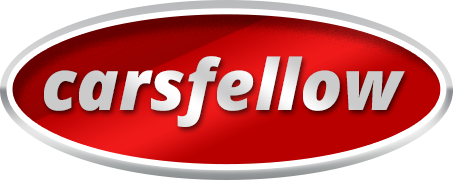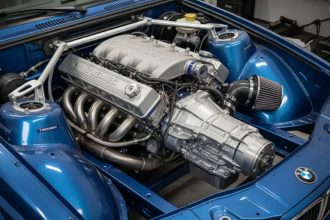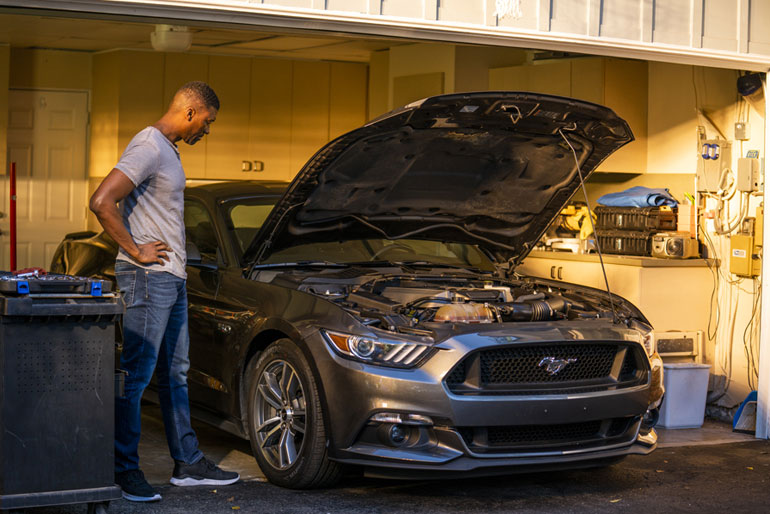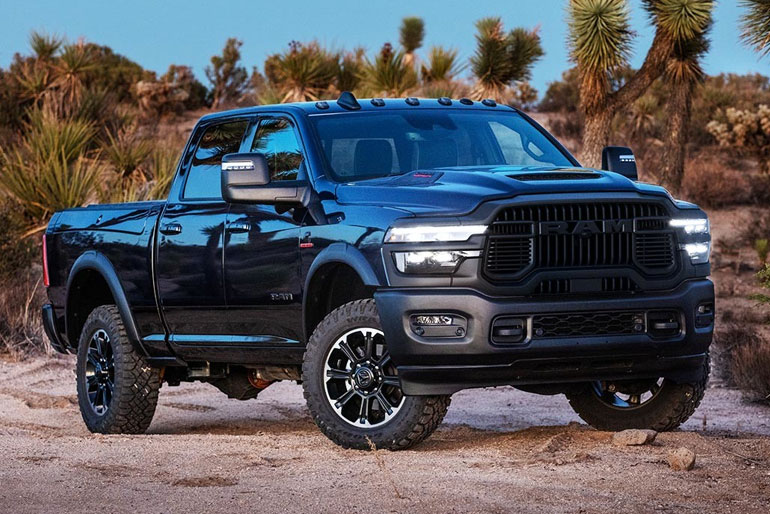How Diesel Engine Performance Has Transformed Over Time
Diesel powerplants have morphed from clunky, soot-belching workhorses into refined torque monsters that can outpace their gasoline rivals. Stricter emission standards forced manufacturers to rethink combustion, driving innovations like common-rail fuel injection, variable-geometry turbochargers, and sophisticated electronic control units. Each leap sharpened efficiency, broadened usable power bands, and opened the door for specialized aftermarket tuning. Today’s diesels are complex and highly capable, but that complexity needs tailored solutions, not generic bolt-ons.
Critical Factors When Aiming for Higher Diesel Output
Raw power comes from a healthy mechanical foundation, clean fuel, and components designed to play nicely together. Peak output is worthless if it shreds your driveline or makes the truck miserable to drive. A fleet-owned 6.7L Cummins saw a 14% drop in downtime when upgraded as a complete system rather than piecemeal. Ignore balance, and you’re just piling stress on fragile parts.
Leveraging ECU Tuning for Precision Diesel Engine Calibration
Smart tuning starts with reshaping the ECU’s fuel and boost maps to suit the engine’s real-world conditions. That can happen via direct remapping, modular piggyback systems, or handheld programmers with flexible calibration. Dial in injection timing and boost pressure correctly, and you get crisp throttle response and torque that arrives exactly when you need it. Off-the-shelf tunes that ignore wear, injector flow variance, or factory tolerances are gambling with expensive hardware.
Maximizing Airflow: Intake and Exhaust Upgrades for Diesel Power
High-flow intakes, responsive turbochargers, and free-breathing exhaust systems are the lungs of a performance diesel. Shorter restrictions in the intake mean quicker turbo spool. Properly designed exhaust with mandrel bends keeps the torque curve fat and usable without choking on backpressure. Match the airflow parts to the turbo and intercooler you’ve got, or risk mismatched performance that feels strong at one RPM and gutless at another.
Upgraded Fuel Systems: Injectors, Pumps and Filters
More air means you need more fuel, delivered with precision. High-pressure injectors keep atomization tight during heavy load. A stout lift pump maintains rail pressure when factory units falter. Quality fuel filters protect everything downstream without starving flow. Get the ratings wrong and you’ll be chasing gremlins from idle to redline.
Electronic Controls and Data Logging in Diesel Performance
Performance diesels live and die by sensor accuracy. Air-fuel ratio probes, boost sensors, and exhaust temperature gauges feed the data loggers that separate guesswork from science. Closed-loop controllers tweak parameters in real time, shaving milliseconds off power delivery adjustments. On the dyno and the road, track boost trends, EGT stability, and fuel trims to keep the build honest.
Choosing a Diesel Performance Provider: The Expertise Edge
A serious diesel build demands a shop with technicians who know the platform and have the tools to prove it. In-house dyno sessions, precision diagnostic gear, and a warranty worth more than small print are the bare minimum. Partnering with Parleys diesel performance gives access to documented builds, a proven tech bench, and customers who will tell you exactly how their trucks changed. Demand transparency and confirm they’ll still answer your call after the invoice is paid.
Post-Upgrade Maintenance to Sustain Diesel Enhancements
Aftermarket performance parts often demand shorter oil and filter intervals to keep lubrication and filtration optimal. Inspect fuel system seals, turbo bearings, and exhaust joints on a schedule. A condensed checklist for high-output rigs should include fluid samples for lab analysis, intercooler cleaning, and injector balance testing.
Weighing Performance Gains Against Investment in Diesel Mods
Horsepower costs money. Torque costs money. The gains are only worth it when those dollars translate to tangible capability. A mid-level build with tuning, exhaust, and fueling upgrades might add 90 horsepower and 180 lb-ft for under $4,500 installed, while a similar spend on cosmetics delivers zero mechanical benefit. Prioritize upgrades that multiply each other’s effects instead of stacking standalone pieces with minimal synergy.
Charting a Path to Peak Diesel Potential
Well-chosen upgrades stack their benefits, from sharper fueling to freer breathing to smarter control. Stage the work over time, validate each step with data, and avoid chasing bragging rights at the expense of reliability. Diesel’s future is headed toward AI-assisted calibration and cleaner, high-energy fuel types. The smart builder will be ready to integrate both when they leave the lab and hit the road.







